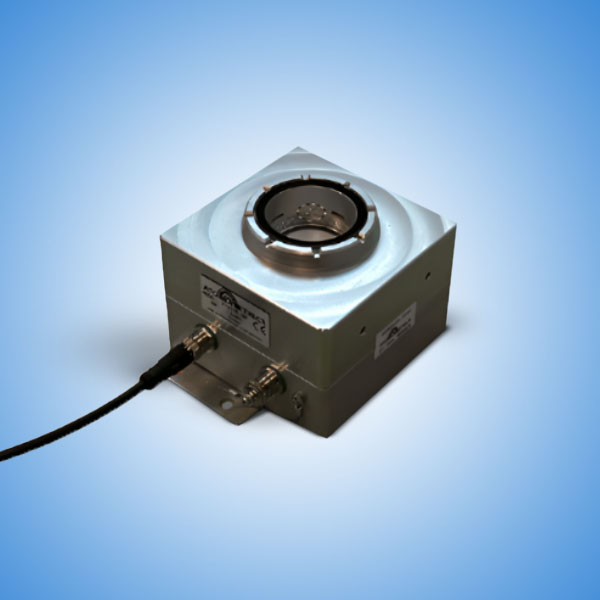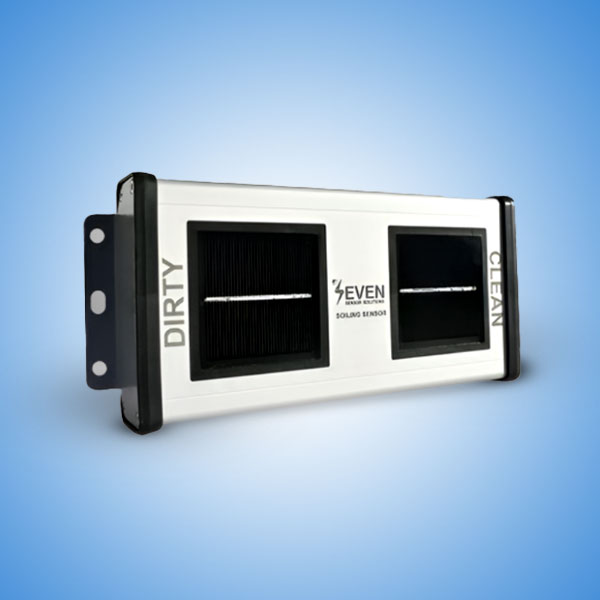Soiling Loss
Soiling Loss refers to the reduction in solar panel performance caused by the accumulation of dust, dirt, pollen, bird droppings, and other particles on the surface of photovoltaic (PV) modules. This layer of debris blocks sunlight from reaching the solar cells, decreasing the overall energy output. Monitoring and managing soiling loss is essential for maintaining the efficiency and reliability of solar power systems, especially in regions with dry, dusty, or polluted environments.

Frequently Asked Questions
Soiling Loss is the percentage of energy lost due to the obstruction of sunlight by surface contaminants on solar panels. Even a thin layer of dust can significantly reduce solar energy production. In areas with high pollution, construction activity, or limited rainfall, soiling loss can become a major factor affecting system performance.
For example, a soiling loss of just 5% can lead to noticeable revenue loss in large solar installations. Understanding and tracking this loss allows operators to plan timely cleaning and optimize maintenance schedules.
Managing soiling loss is crucial because it directly affects the return on investment (ROI) of solar power systems. The more dirt that accumulates, the more energy is lost. Without proper soiling management:
1. Solar panels produce less energy
2. Power output becomes unpredictable
3. System efficiency declines
4. Maintenance costs may increase due to long-term damage
5. Revenue from solar energy sales decreases
Thus, controlling soiling loss is essential for system owners, operators, and energy planners.
Several environmental and site-specific factors contribute to soiling loss:
1. Dust and Sand – Common in desert or agricultural regions
2. Air Pollution and Industrial Emissions – Urban and industrial areas see faster accumulation
3. Bird Droppings – Often in open fields or near trees
4. Pollen and Organic Debris – Especially during seasonal changes
5. Humidity and Dew – Can cause particles to stick more strongly to the panel surface
Each site has unique conditions that influence the rate of soiling loss, making it important to tailor the cleaning schedule accordingly.
Several methods are used to measure soiling loss:
1. Soiling Stations
These include reference PV modules—one kept clean and one left soiled. Comparing their output helps calculate the actual soiling loss in real-time.
2. Soiling Ratio (SR)
The ratio of energy output from the soiled panel to the clean panel. A lower SR indicates higher soiling loss.
3. Remote Monitoring
Smart inverters and performance tracking systems can detect sudden drops in output, which may indicate soiling loss.
4. Visual Inspection
Although less accurate, regular inspections can help spot heavy dirt buildup or other unusual conditions.
The impact of soiling loss depends on the location, season, and type of solar panel used. Some of the key effects include:
1. Reduced Power Output – Directly lowers daily and annual energy production
2. Hotspots and Long-term Damage – Uneven soiling can lead to hotspots that damage cells
3. Inefficient System Operation – Causes mismatch losses in panel strings
4. Lower Financial Returns – Affects revenue, especially in large-scale projects or power purchase agreements (PPAs)
Preventing or reducing soiling loss involves a combination of regular maintenance and smart system design:
1. Scheduled Cleaning – Based on environmental conditions and site analysis
2. Anti-Soiling Coatings – Special glass or coatings can repel dust and reduce particle adhesion
3. Automated Cleaning Systems – Robotic or waterless solutions reduce manual labor and water usage
4. Site Planning – Install panels at an angle that minimizes dirt accumulation
5. Real-Time Monitoring – Use software to alert operators about sudden drops in performance
A well-planned maintenance strategy ensures minimal soiling loss and maximum energy output.
The level of soiling loss varies significantly by geography:
1. Desert Areas – High dust levels lead to rapid soiling
2. Tropical Regions – Frequent rains help clean panels naturally
3. Urban Locations – Pollution and smog increase soiling rates
4. Rural Farmlands – Dust from farming activity contributes to surface contamination
Understanding the local climate helps determine how often to clean and how much soiling loss to expect.




